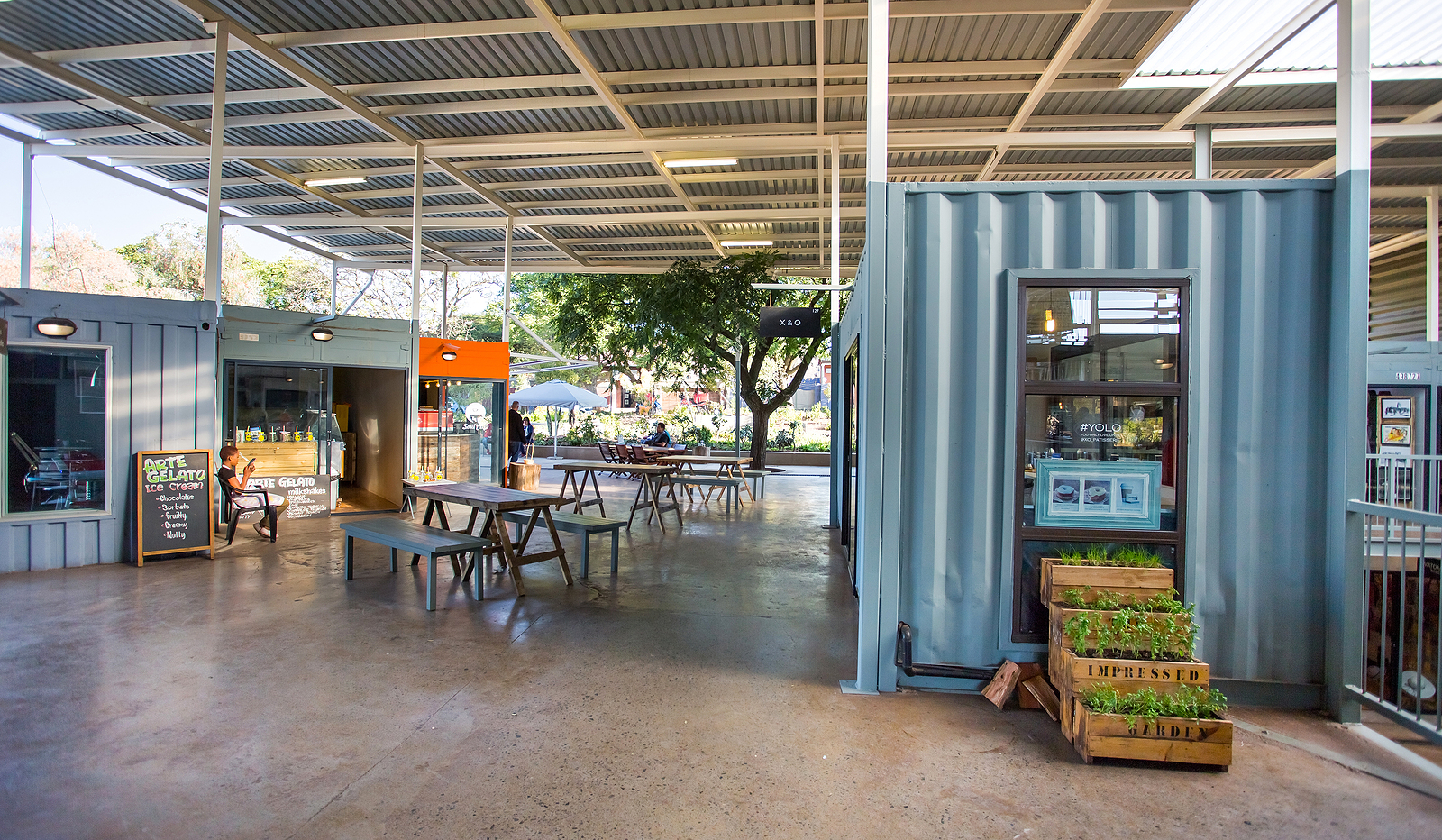In many respects, shipping container conversions are a product of the 21st century, with the first major projects emerging at the turn of the millennium and the concept of reusing one of the most critical inventions for modern business becoming used for practically any purpose imaginable.
However, whilst the concept of reusing containers at this scale has become hugely popular in the last two decades, the concept is actually much older than its earliest successful implementations.
Before Container City I, there was the office of Stewart Brand that he used to write the 1994 book How Buildings Learn, covering the process of conversion in the book itself.
Even before this was the shipping container home at Lighthouse Farm, one that became the subject of a highly controversial planning dispute in the 2020s.
In 1987, Philip C. Clark received a patent for converting shipping containers into a habitable building as a lower-cost alternative to conventional prefabrication, but even then, this was not the first time it was used.
The 1985 film Space Rage: Breakout on Prison Planet relied heavily on shipping containers as part of its space frontier aesthetic as well as to cut costs for a relatively low-budget film, but even this is not the first example of a shipping container conversion being conceived.
To find that, we need to travel all the way back to 1962, not even a decade after the standardisation of shipping containers.
The Showcase Container
Little is known about Christopher Betjemann, the man credited with one of the most influential patents in the history of container construction, other than the fact he was working for Isbrandtsen, part of American Export-Isbrandtsen Lines.
This conglomerate, one of the biggest American shipping companies until its collapse in 1977, would naturally use a lot of shipping containers as part of its primary industry, as well as participate in a wide range of trade shows around the world to showcase its industrial dominance to potential clients.
The problem with this is that trade fair stands are exceptionally expensive, requiring a lot of construction on-site and the precarious procurement or shipping of a wide range of parts and skilled construction staff.
The design resembles a lot of shipping container mobile exhibitions that are commonly seen today, consisting of a hinged side that allows for a canopy showcase that can be locked down when in motion and protect the exhibited items.
What is so fascinating about the patent is its ultimate prescience, even if it was not necessarily the norm for trade fair stands until decades after the patent expired in 1982.
Many shipping container retail stands, stalls and exhibits use elements that were found in this original patent, and a lot of the core principles would be built upon, figuratively and literally, in the decades following to create a revolution in construction using shipping containers.
Ultimately, this would prove to be more of a seed to much bigger ideas that other inventors would build upon either intentionally or through parallel thinking, leading to the versatile construction material we know and love today.

